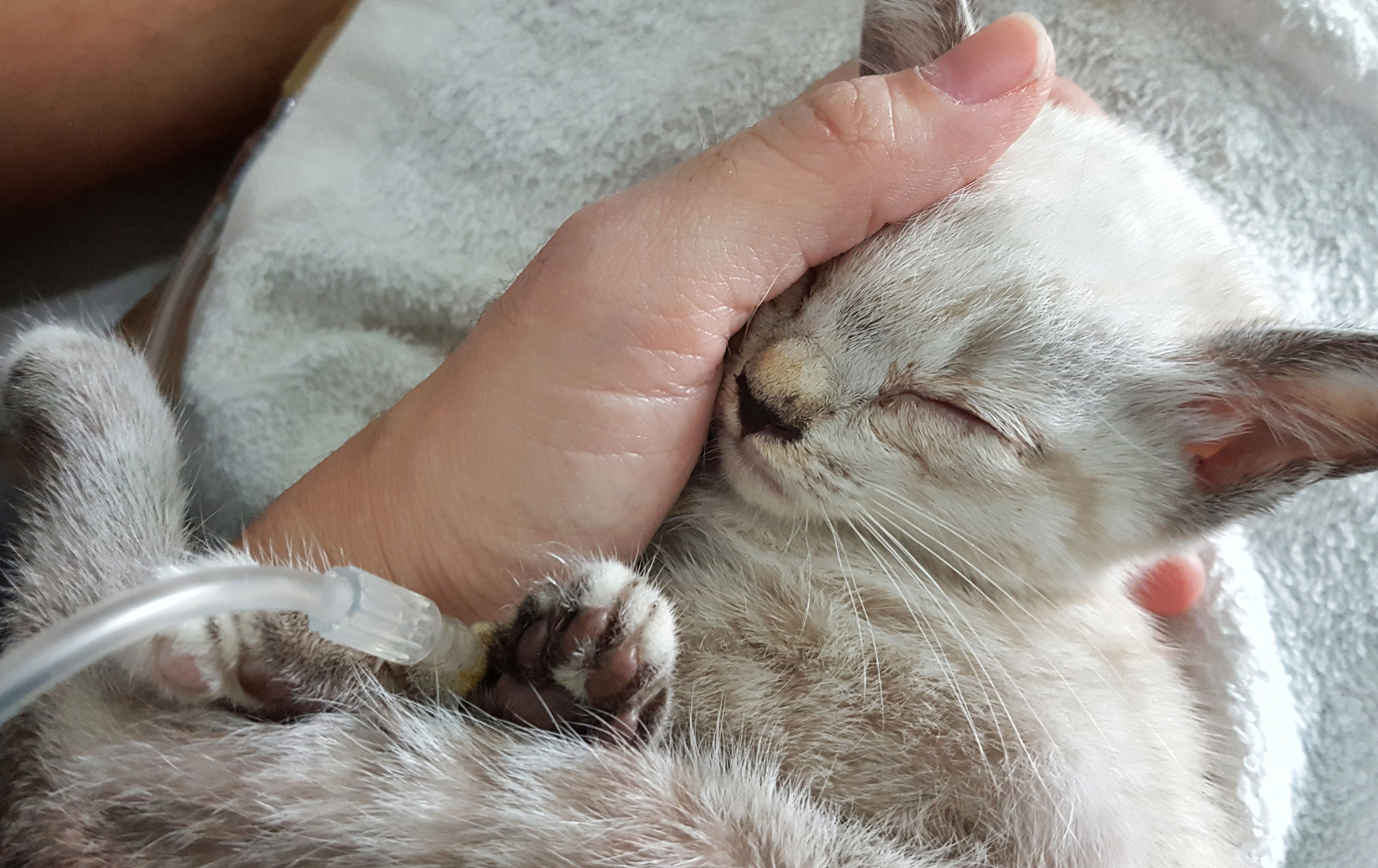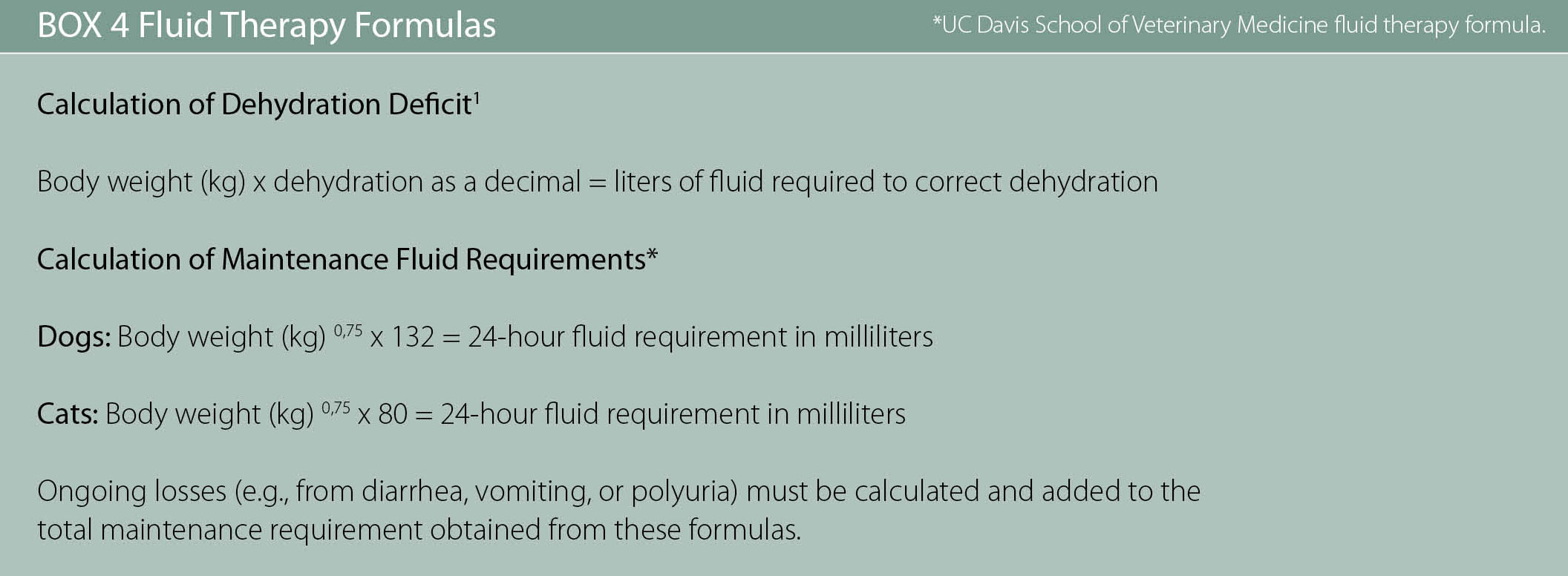
KRUUSE’s mission is to help improve animal well-being and health by preventing and reducing suffering. We strive to share best practices by working closely with leading specialists. We are continuously working on developing and improving tools for all animals. KRUUSE Infusion Concept offers sizes for small animals, as well as for larger ones.



Maintaining fluid balance in small animals
Small animals have the same needs for maintaining fluid balance while they undergo diseases and treatment as larger animals. But due to their size, it can be a little more complicated to place an IV catheter. However, it is important to have the right tools and evaluate the homeostasis status to target a fluid plan.

Individualized Care
• Fluid therapy must be individualized and tailored to each patient
• Therapy is constantly re-evaluated and reformulated according to changes in patient status
• Fluid selection is dictated by the patient’s needs, including volume, rate and fluid
• Composition required, and location the fluid is needed (interstitial versus intravascular)
• The appropriate route of fluid administration depends on the patient’s condition
- Use oral fluids for patients with a functioning gastrointestinal system and no significant fluid imbalance
- Use subcutaneous fluids to prevent losses. This route is not adequate for replacement therapy in anything other than very mild dehydration
- Use intravenous or intra-osseous fluids for patients undergoing anesthesia, for hospitalized patients not eating or drinking normally, and to treat dehydration, shock, hyperthermia, or hypotension
Source: https://www.aaha.org/globalassets/02-guidelines/fluid-therapy/fluidtherapy_guidlines_toolkit.pdf

Developing and Implementing a Fluid Therapy Plan
There is a helpful guideline when it comes to fluid therapy: Replace like with like. This means if a patient has lost blood, that fluid should be replaced with plasma, pRBCs, or whole blood. If a patient has lost body fluids through diarrhea, vomiting, or excessive urination, replacement should be with similarly constituted isotonic crystalloid fluids.
While development of the fluid plan is ultimately the veterinarian’s purview, it is important for veterinary nurses and technicians to understand the fluids available and for what conditions they might be used in clinical practice.


Reasons for Fluid Therapy
A variety of patient conditions can lead to a need for fluid therapy. Veterinary professionals provide fluid therapy to patients for many reasons, including correction of dehydration, expansion and support of intravascular volume, correction of electrolyte disturbances, and encouragement of appropriate redistribution of fluids that may be in the wrong compartment (e.g., peritoneal effusion).1
The examination should include full blood work including chemistry, complete blood count and measuring of electrolytes.
The first step in determining whether a patient needs fluid therapy is a full physical examination, including collection of a complete anamnesis. The veterinary staff must assess whether the patient is perfusing its tissues well, check for dehydration, and evaluate losses from any of the fluid compartments.2

Developing and Implementing a Fluid Therapy Plan
There is a helpful guideline when it comes to fluid therapy: Replace like with like. This means if a patient has lost blood, that fluid should be replaced with plasma, pRBCs, or whole blood. If a patient has lost body fluids through diarrhea, vomiting, or excessive urination, replacement should be with similarly constituted isotonic crystalloid fluids.
While development of the fluid plan is ultimately the veterinarian’s purview, it is important for veterinary nurses and technicians to understand the fluids available and for what conditions they might be used in clinical practice.

Go with the flow!
But remember to be critical, look things up or ask a colleague to ensure
that you choose the right fluid, volume, and flow rate.

Calculation of Fluid Volume

Source: https://www.vin.com/apputil/content/defaultadv1.aspx?pId=11196&id=3854241

